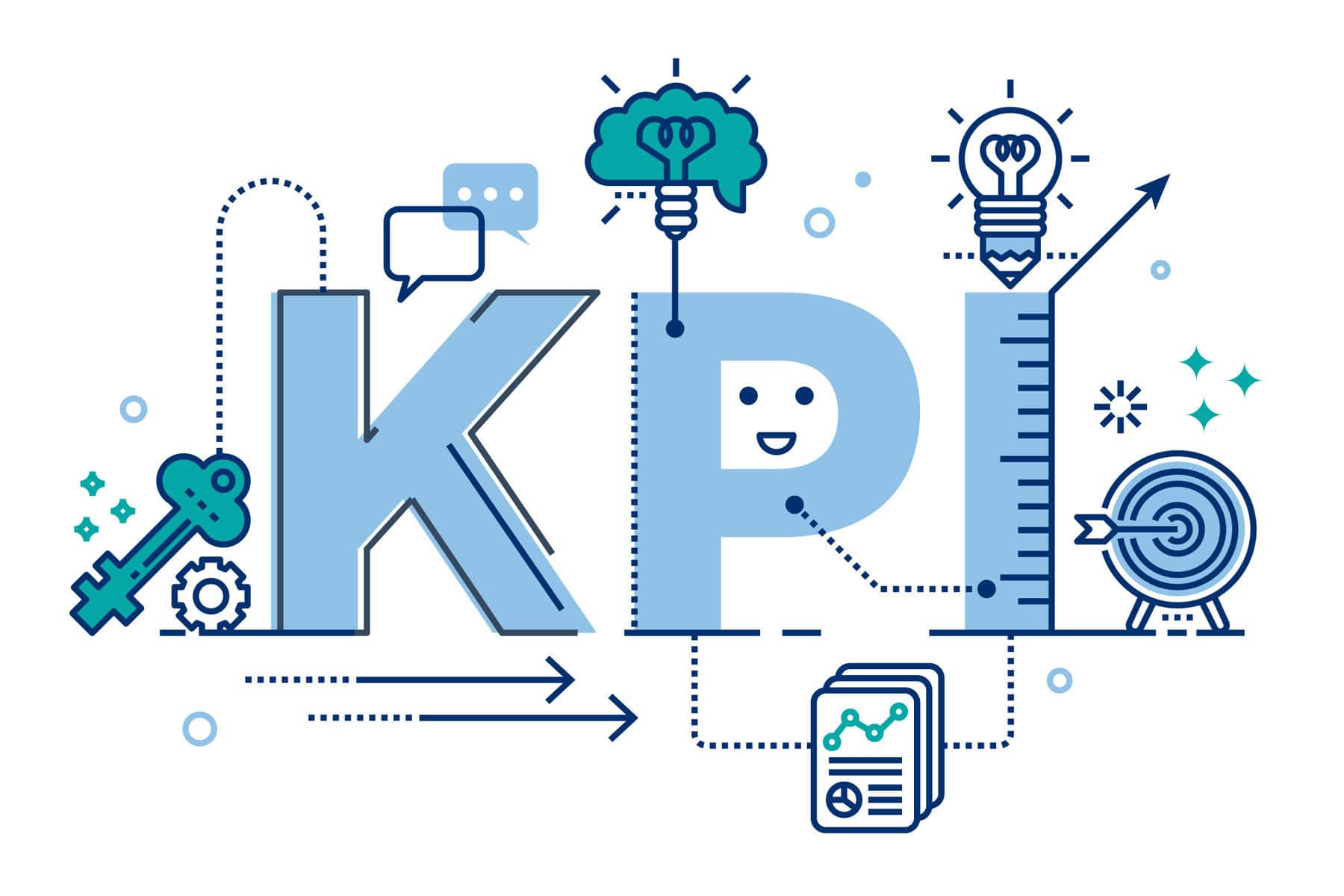Digital marketing budgets are increasing as companies battle for a larger market share. Subsequently, there is increased pressure on sales and marketing to improve returns and maximize every dollar spent. It’s why marketers are embracing Artificial Intelligence (AI) – even as they scramble to understand its various applications.

As a broad and general statement, AI streamlines marketing campaigns, allowing for greater optimization and eliminating human error, ego-based decisions, and uninformed strategic plans – resulting in better outcomes.
Not to worry, marketers, the human touch is still required in marketing.
As consumers have more access to an increasing array of technology and a flood of brand, product, and service information, they are evolving into a more intelligent, more sophisticated breed of buyers.
Another part of this evolution has been consumers’ expectations, even demand, that companies and brands are more human in their operations. Buyers are demanding authenticity and empathy and are looking for stories to which they can relate and connect.
Humans are still needed to deliver this experience and help train machines to learn. In some cases, AI-based systems operate at 90% accuracy, but perfection hasn’t been reached.
AI empowers better decisions and more significant insights, resulting in marketers producing better content, products, and services – satisfying and exceeding expectations.
Some older marketing tools and strategies become obsolete as others emerge. The trends driving marketing strategy today are:
- The consumer experience is the most valued, including price.
- The consumption of content is at an all-time high. Demand for quality has surpassed previous expectations. Today’s sophisticated, demanding buyers want an experience with personalized content that must be relevant to their buying journey, needs, and goals.
AI offers countless applications to empower marketers to deliver those consumer experiences.
AI in marketing, at its core, is a strategy to leverage technology and data to improve the customer journey. Data and machine learning allow you to gain insights into your audience, their needs, and their journey. You can engage with them in the right place, at the right time and with the right message. Each touchpoint becomes more powerful.

The automation component of AI allows marketers to be more efficient, accurate, and productive. Currently, marketers are embracing the following AI tactics:
- Content Curation & Delivery – Personalization
- Chatbot
- Behavior Analysis
- Product Recommendations – Personalization
- Product Pricing
- Audience Segmentation
- Data Analysis
- Search Engines
- Social Listening
- Predictive Analytics
- Programmatic Ad Targeting
Content Personalization
Irrelevant content is the number-one driver of consumer disengagement. Consumers don’t have time to waste reading information they already know, which is irrelevant to their buying journey. Marketers must share relevant content in different media on different platforms. Utilizing AI to curate and generate content and present it to the right people on the right platform saves time and work and allows brands to win the content game.
Savvy marketing teams rely on AI as a strategic advantage. Arming yourself with key insights about your audience and their behaviours allows you to create a comprehensive content strategy.

Chatbots
Chatbots are quickly becoming the heroes of AI for businesses of all sizes. They have adopted and utilized chatbots extensively on their Websites and social media platforms. Chatbot technology is affordable, allowing major brands, retailers and local businesses to engage their customers via a channel they prefer. Another benefit for businesses is chatbots don’t cause bandwidth issues. Chatbots free staff from “analog” customer engagements so their time can be applied to more critical needs.
Chatbots automate elements of customer service and sales, providing consumers with quality information instantaneously. Chatbots also alter the customer experience, allowing customers to obtain the answers they need quickly, maximizing those who are satisfied and return consistently.
Chatbots’ current use is limited, with pre-programmed responses to questions it recognizes and generic directions about receiving more help when it can’t answer questions. As machine learning improves and companies train their chatbots to conduct more in-depth and informative conversations, consumers can access more information and help. Conversational AI will continue to grow and advance the chatbot experience.
Behavior Analysis
Data scientists are increasingly in demand – and for a good reason. Think of the Internet as a giant pool of subjects to observe and gather key information. Imagine all the data that is produced. AI helps compile and analyze this mass amount of available data.
Businesses can extract deep insights into consumers through machine learning and data analysis. This data can be used to personalize content and touchpoints. It can also be used to predict future consumer behaviour. Data scientists are invaluable to these processes.
Product/Content Recommendations
Thanks to Amazon, Netflix, Spotify, and other companies that disrupted and conquered the e-commerce experience, users have come to rely on their recommendations. It’s an endless scroll. Businesses love it. Consumers have grown to expect it.
You finish your latest binge on Netflix and experience that moment of fear – and trust me – the struggle is real – what will you watch next? Netflix has countless options, at the ready, to ease you into your next experience.
You hop on Amazon, find what you need, and are only too happy to see what else Amazon suggests. The recommendations are often so good, users welcome the opportunity to explore other products and spend more money.
Why is this strategy so successful? Because it’s personalized suggestions. It’s relevant. It takes a task (buying a product or service) and transforms it into an experience. After seeing the success of this model, other brands are also offering AI-powered recommendations for their users/customers.
Note, this also applies to content. Blogs and sites are offering great content suggestions based on the content you’ve already consumed. Publishers love this feature as it leads to higher engagement and a significantly increased likelihood of a return visit from that user.
Product Pricing
On-demand pricing is not new. It appears on menus with seasonal seafood and hotel rooms based on the season or events local to the hotel. AI, however, offers next-level pricing optimization.
Machine learning can identify consumers’ purchasing patterns and use the data to determine at what price point they are most likely to convert to a spender. Machine learning can also determine how likely consumers are to take advantage of special offers and more.
Machine learning empowers brands to increase sales through price optimization. As with all of these AI strategies, one feeds the other. As more sales are made, there is more customer data and more social listening opportunities. Your data increases, and insights become even more beneficial.
Audience Segmentation
Targeting has become increasingly granular, thanks to AI. Granted, the extent marketers can target and segment depends on their data. With complex data, such as past behaviors, personas, and purchase history, it is possible to segment your audience better based on any outlier behavior. For example, the buying behavior of a mom buying for her kids, her husband, or herself is likely to vary. Real-time data allows marketers to utilize the most current information, generating a better outcome.

Data Analysis
Companies are generating massive amounts of data – consolidating, visualizing, and analyzing that data proves challenging for human beings. AI can process this data at scale from multiple sources and produce actionable insights that increase accuracy, improve targeting, reduce churn, and so much more. Your data is only valuable when it is providing actionable insights to improve organization, processes, and outcomes.
Search Engines
The search experience has been increasingly more natural and more fruitful for users. AI has had a significant impact on the quality of the search experience. It started in 2015 when Google introduced RankBrain, which was its first step into artificial intelligence.
Natural-language processing (NLP) and semantic search allow the search engine to determine the commonalities between products and your interests and then deliver similar relevant items.
Advances in image recognition have brought visual search to the masses. This technology is still young, so the capabilities will undoubtedly expand as the technology matures. Google Lens and Pinterest are excellent examples of how users can tap into this alternative search method.
There are countless uses for visual search in marketing. In addition to offering similar products based on text analysis, brands can now offer products with similar colors or styles based on the visual cues from photos.
Social listening also benefits from image search and recognition, allowing brands to see with what content users are engaging with their logo or products – even if there is no mention by name.
Social Listening
Natural-language processing has allowed marketers not only to track brand mentions but also to analyze the sentiment. Uncovering dissatisfied customers, determining commercial intent and identifying potential brand ambassadors are all possible through AI advancements.

Predictive Analytics
Perhaps, Predictive Analysis is one of the most exciting and impactful uses of AI. Predictive Analytics extracts information from data sets to predict future trends and actions. These predictions allow brands to offer a better consumer experience and improved customer service.
Historically, it was only possible to discover trends retroactively from data sets. With the advances in technology, we can now reliably model from the data and act based on those models.
Predictive Analytics offers immense value to e-commerce, providing insights into purchase behavior so brands can determine when repeat or new purchases may occur. Additionally, it is possible to determine why a consumer purchased again or became a new customer with a first purchase.
Reverse engineering purchases allows marketers and brands to understand which marketing campaigns successfully influenced consumers.
Predictive Analytics also enables brands to make a dent in churn, as consumers who are likely to leave can be identified, and strategies can be applied to retain those customers.
Programmatic Ad Targeting
Bidding and targeting are more efficient and effective, thanks to Predictive Analytics. AI empowers marketers to identify the best time of day to advertise, adjust bid strategies, determine the likelihood of a conversion based on an ad impression, and how likely a user may interrupt his or her current activity to engage with an ad.
In Closing
Artificial intelligence is transforming how we work, market, buy, and sell. Improved experiences and efficiencies and increased satisfaction are typically the results of strategies using AI.
While there is no denying the power and benefits of AI, it is not currently as advanced and widely adopted as initially predicted. As mentioned earlier, AI is still young, but all signs indicate AL will continue to advance and be adopted.
Marketers today are experiencing exciting transitions and opportunities, and it will only become better. There will be bumps in the road – failures will occur. The future of AI and marketing, however, is bright.






